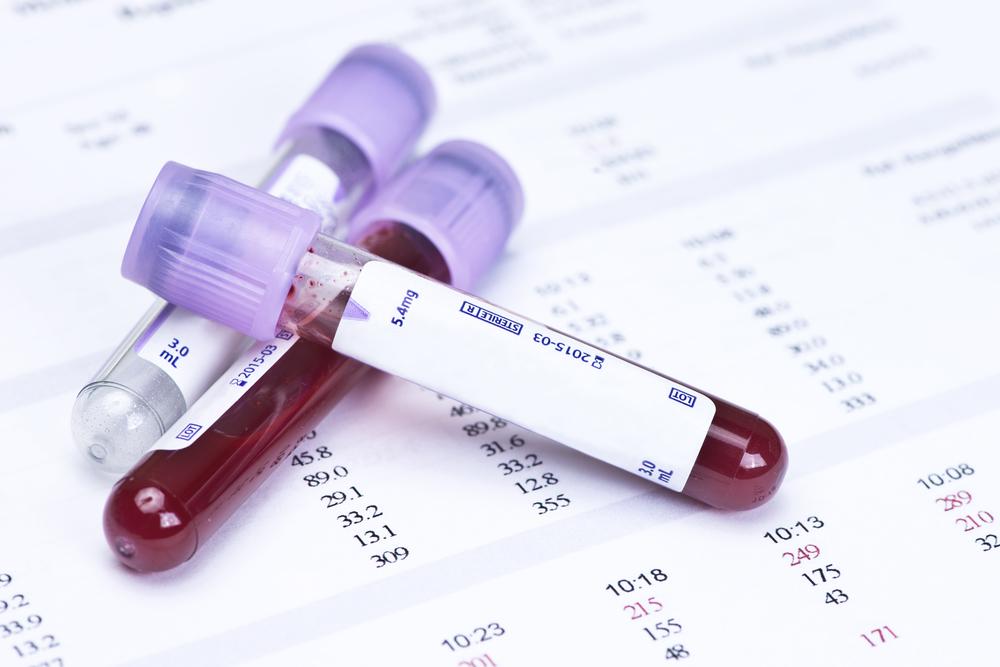Comprehensive Guide to Effective Anemia Management and Treatment Strategies
This comprehensive guide explores the diverse types of anemia, emphasizing the importance of accurate diagnosis and personalized treatment strategies. From iron and vitamin supplementation to advanced therapies like intravenous iron and transfusions, learn how to effectively manage and treat anemia. The article highlights the significance of recognizing underlying causes and adopting lifestyle changes to ensure long-term health benefits. Ideal for healthcare professionals and individuals seeking in-depth understanding, it underscores that early intervention is key to improving quality of life for anemia patients.

Comprehensive Guide to Effective Anemia Management and Treatment Strategies
Hemoglobin, the crucial protein present in red blood cells, plays an indispensable role in maintaining our health by facilitating the transportation of oxygen from the lungs to tissues and organs across the body. The vibrant red color of blood is primarily due to hemoglobin's iron content, which not only defines its hue but is also vital for its function. When hemoglobin levels or red blood cell counts decrease below normal ranges, it results in a condition known as anemia. This health issue can stem from various causes, including nutritional deficiencies, chronic diseases, bone marrow disorders, or genetic conditions. Recognizing and addressing anemia early is critical to prevent serious health complications, as it affects overall vitality and organ function.
Anemia manifests in several forms, each with distinct causes and characteristics. These include:
Iron deficiency anemia - The most common type, primarily caused by inadequate iron intake, heavy blood loss such as from trauma or heavy menstruation, or poor iron absorption. Iron is a fundamental component of hemoglobin, and its deficiency diminishes the blood’s oxygen-carrying capacity.
Vitamin deficiency anemia - Resulting from insufficient levels of essential vitamins such as B12, folate, or vitamin C, which are vital for red blood cell production.
Aplastic anemia - A rare but serious condition where damage to stem cells in the bone marrow decreases red blood cell production, leading to pancytopenia.
Sickle cell anemia - A hereditary disorder characterized by abnormally shaped (crescent or sickle-shaped) red blood cells, which can obstruct blood flow and cause pain and organ damage.
Hemolytic anemia - A condition where red blood cells are destroyed prematurely, exceeding the body's ability to produce new cells.
Thalassemia - A genetic blood disorder involving abnormal hemoglobin production, resulting in severe anemia.
Each type of anemia varies in severity, from mild to life-threatening, and may present with symptoms such as fatigue, weakness, pale skin, shortness of breath, and dizziness. Accurate diagnosis involving blood tests, bone marrow analysis, and genetic testing is critical for determining the specific type and causes of anemia. Once diagnosed, tailored treatment plans are essential for effective management, especially when underlying medical conditions contribute to the anemia.
Key Strategies for Managing and Treating Anemia Effectively
Managing anemia effectively requires a comprehensive approach that targets the underlying cause while alleviating symptoms. The primary treatment options include iron supplementation, vitamin therapy, blood transfusions, and addressing root causes of deficiency or marrow failure. Here’s an expansive overview of each method:
Iron supplementation - For cases of iron deficiency anemia, oral iron supplements are often the first line of treatment due to their convenience and effectiveness. Common preparations include ferrous sulfate, ferrous gluconate, and ferrous fumarate. These supplements are best taken on an empty stomach for maximum absorption, although some may experience gastrointestinal discomfort requiring administration with food. In instances where oral iron isn't sufficient, such as in severe deficiency, malabsorption syndromes like celiac disease, or when rapid repletion is necessary, intravenous iron therapies are employed. Intravenous iron with formulations like iron sucrose or ferric carboxymaltose can quickly restore iron levels, reduce symptoms faster, and lower the risk of recurrence. Healthcare professionals carefully monitor patients during these treatments to prevent adverse reactions.
Intravenous iron therapy - This method is particularly beneficial in cases where oral iron absorption is compromised or patient intolerance exists. It delivers iron directly into the bloodstream, providing rapid replenishment, which is critical in severe anemia or ongoing blood loss conditions. IV iron therapy has become a cornerstone for managing anemia related to malabsorption syndromes, chronic kidney disease, or chemotherapy-induced anemia. While highly effective, it requires supervision by healthcare practitioners due to potential side effects such as allergic reactions or iron overload.
Blood transfusions - When anemia causes severe symptoms, such as significant fatigue, chest pain, or cardiovascular instability, blood transfusions serve as an emergency intervention. Transfusions provide quick relief by increasing hemoglobin levels and improving oxygen delivery. However, they are generally temporary solutions and are associated with risks like transfusion reactions, infections, or iron overload. Therefore, transfusions are typically reserved for critical situations, with the underlying cause of anemia being managed simultaneously to prevent future transfusions.
Identifying and treating root causes - Determining the primary cause of anemia is vital for effective long-term management. This involves comprehensive diagnostics such as iron studies, vitamin level assessments, bone marrow biopsies, and screening for chronic diseases or genetic factors. Addressing underlying conditions—be it gastrointestinal bleeding, nutritional deficiencies, or bone marrow disorders—is essential to achieve sustained remission. For example, treating gastrointestinal ulcers to stop bleeding, correcting dietary iron and vitamin deficiencies, or managing genetic blood disorders like thalassemia can substantially alleviate anemia symptoms and improve quality of life.
In addition to medical treatments, lifestyle modifications like a balanced diet rich in iron, folate, and B12, regular medical follow-up, and avoiding substances that impair iron absorption (such as tea or coffee) can support recovery. Patient education about recognizing early symptoms and adhering to prescribed therapies increases the effectiveness of anemia management strategies. Advances in biotechnology and pharmaceuticals continue to enhance diagnostic accuracy and treatment options, making anemia management more precise and personalized.
Ultimately, successful anemia treatment depends on early detection, accurate diagnosis, and a tailored approach that considers individual patient needs and underlying causes. With proper management, most types of anemia can be effectively controlled, significantly improving patients’ health, energy levels, and overall well-being.




